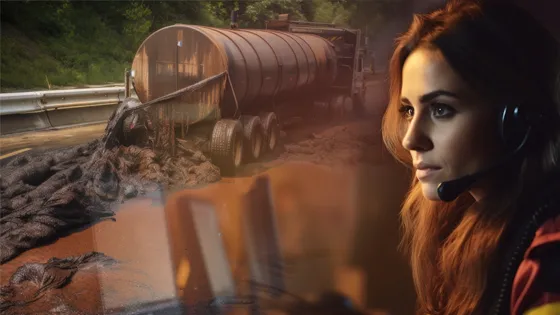5800.1 Regulatory Reporting
5800.1 Reporting Through CHEMTREC
CHEMTREC is registered with PHMSA to submit 5800.1 reports on your behalf. In addition to distributing relevant incident reports to your company, for Incident Reporting subscribers, CHEMTREC will go a step further by reviewing all incidents and help make the determination if additional reporting may be needed based on Hazardous Materials Regulations (49 CFR Parts 171-180).
Request a Quote
CHEMTREC can assist you with your incident reporting needs. Connect with us and get an estimate for Incident Report Distribution and 5800.1 Regulatory Reporting.
Benefits of Reporting Through CHEMTREC
Our emergency response call center team specializes in collecting precise details to create comprehensive and consistent incident reports. These reports empower companies to identify trends, pinpoint solutions, mitigate and analyze incidents effectively.
By entrusting CHEMTREC to collect and submit your 5800.1 report, we will:
5800.1 Reporting Fact Sheet
Learn more about we will facilitate the completion and submission of 5800.1 reports in compliance with U.S. DOT regulatory requirements by downloading our fact sheet.

Frequently Asked Questions About Hazardous Materials Reporting
More Incident Reporting Solutions
Related CHEMTREC Services
Consulting Solutions
CHEMTREC's Consulting Solutions helps organizations anticipate, prevent, and contain incidents at the earliest opportunity.

Emergency Response
No matter where or when an incident occurs, you can rely on CHEMTREC and our hazmat emergency response services. Our Emergency Services Specialists are quick and efficient – we can help reduce your company's liability and exposure, and potentially even save lives.

Request a Quote
We’ve got your back. Connect with us and get a quote for the CHEMTREC services your organization needs.


